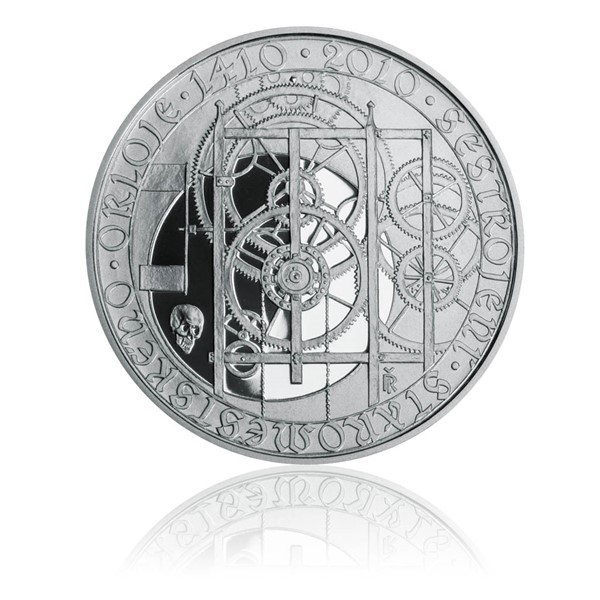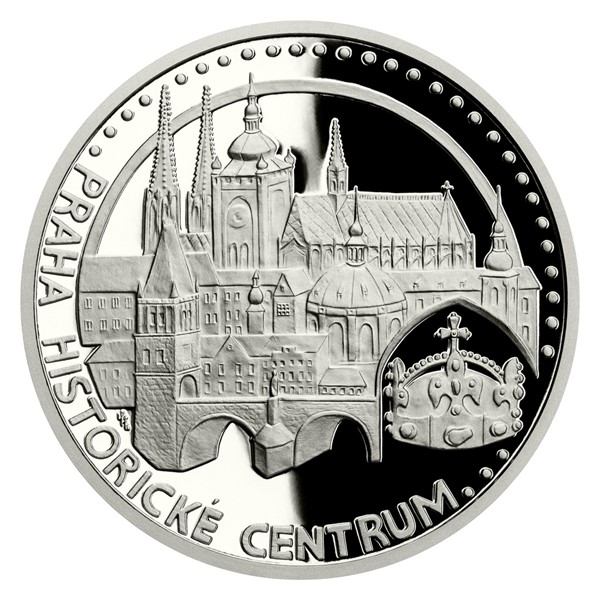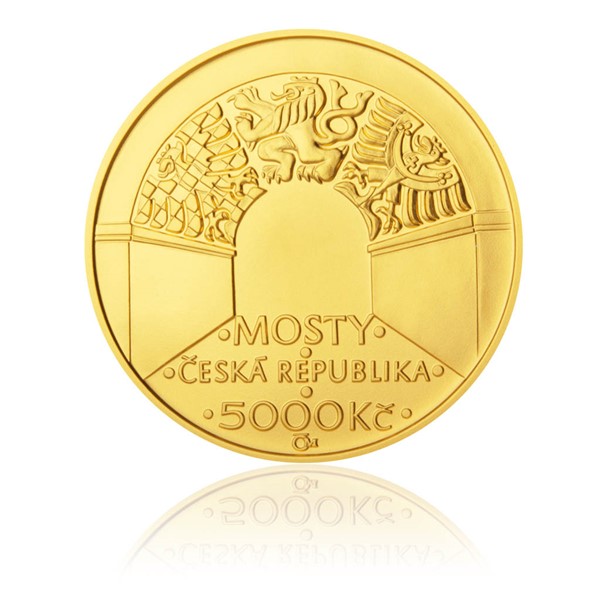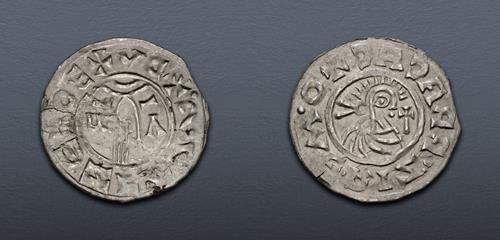Free Facts For Hand Polishing Czechoslovakia Medals
Wiki Article
What Are The Methods Used By High-Precision Cnc Machining Machines Carve Designs Into Dies Or Master Hubs To Strike Gold And Medals? Coins?
When producing master hubs (or dies) to make gold coins or medals CNC machines that have high precision are crucial. This is a brief overview of the CNC Programming Process.
The CAD (Computer-Aided Design) software can be used to create a digital 3D model of the medal or coin design.
CAM (Computer Aided Manufacturing), software that generates toolpaths and instructions and commands for CNC machines using 3D models.
The Selection of Die Material
CNC machined of the master hub and die makes use of robust, high-quality, durable materials like steel, brass or hardened metals. These materials are resistant to the high-pressure hitting process and ensure the exact reproduction.
Fixtures and Setup
To make precise machining, the chosen material is secured to the CNC machine's table or vice. It is important to fix the workpiece properly in order to avoid vibrations during cutting.
CNC Machining Process
CNC machines make use of cutting tools, like end mills and ball mills to cut designs into the master hub or die.
The CNC machine makes use of the toolpaths programmed, removing the material precisely from the block of material based on the 3D models specifications.
Different sizes of cutting tools and types are able to create different dimensions, contours, and depths on the coin or medal.
CNC machines are equipped with computer programs that control their movements, providing precision as small as micrometers.
Refinement and finishing
After initial machining has been completed, the die hub or master die is honed further.
Smoothing, polishing, and detailing by hand or using specialized tools ensure the surface finish meets the required standards.
Quality Control and InspecQuality Control and Inspection
The master hub, or die, must be inspected using measuring tools such as micrometers or gauges to ensure that it is in line with specifications of the design.
Hardening (optional) and Treatment
Certain dies undergo surface or heat treatments to improve their durability.
CNC machines can reproduce intricate designs on dies and master hubs using precision. These dies provide the necessary equipment to create gold coins or medals consistently precisely, with precise detail. Follow the recommended CNC Machining Prague Mint gold coins website info including coins and gold, 5 cent piece, gold bullion bars for sale, hidilyn diaz, maple leaf gold coin, buy coin gold, online silver buying, george washington gold dollar coin, 1 10 oz gold coin, twenty dollar coin and more.

What Is The Reason That Dies Used For Striking Gold Medals Or Coins Undergo Vacuum Hardening Processes?
The vacuum hardening method is employed in the making of gold medals or coins. The process involves heating the dies at high temperatures, and exposed to controlled conditions inside a vacuum. This article provides a quick overview of the vacuum-hardening process.
To make dies that will be used to strike the coins or medals, they must be free of any contaminants or residues.
Injecting Vacuum Furnace
Die dies are then put in a specially designed heat-treating chamber which can generate a vacuum.
Evacuation Air-
The vacuum furnace removes the air inside the chamber to create an environment controlled by vacuum that is free of any oxygen or other gasses. This eliminates oxidation, and ensures uniform heating.
Heating Phase-
The furnace is then heated to the desired temperature for hardening dies. The range of temperatures is determined by the particular material and the hardening process.
Bathing at high temperatures-
The dies stay at high temperatures for a specific duration, allowing the material the reach the hardness that is desired and to maintain metallurgical structures.
Quenching (or Cooling)
After soaking, the dies are rapidly cooled or quenched using specialized methods. This rapid cooling process helps lock in the desired hardness and strength in the material.
Tempering is an option
In some situations the process of tempering can occur as a result of hardening. Tempering is the process of heating dies up until they reach a temperature that is lower to relieve stress while maintaining their toughness.
Quality Control and Inspection
Hardened dies are subjected to thorough quality inspections and checks to ensure they meet standards for strength, hardness and tolerances for dimensional dimensions.
Post-Treatment Handling-
After the hardening process, dies can be polished or coated prior to the time they are used in the coin or the metal striking process.
Vacuum hardening increases the longevity endurance, durability and wear resistance of the dies that are used to strike gold coins or medals. This process produces a controlled and safe environment that is free of contaminants from the atmosphere to ensure a consistent and reliable process of hardening. It also improves the quality of the final product. See the most popular vacuum hardening Czechoslovakia gold medals blog info including gold coins, 1972 gold dollar, gold coins for sale, sd bullion gold, gold biscuit buy, price for one ounce of gold, price of 5 dollar gold coin, krugerrand coin, spanish gold coins, coins and gold and more.

Why Are Gold-Plated Medals And Coins Polished By Hand?
For several reasons, it is essential to polish dies with a hand so that they be smooth and flawless surface. Enhanced Detail reproduction With hand polishing, imperfections, burrs, or other irregularities are removed from the die's surface. A smooth surface allows for better reproduction of intricate detail and fine characteristics of the design onto the struck coins or medals.
A polished die can improve the appearance of medals and coins. This enhances the appearance and quality of the finished product.
Reduced Wear and Tear Polishing reduces friction and wear and tear during the process of striking. A smooth die's surface minimizes the chance of imperfections or inconsistencies with the medals or coins struck caused by rough surfaces on the die.
Consistency in Striking. Hand polished dies produce a consistent striking face, which ensures uniformity throughout the minting procedure. To ensure that the design is maintained in its precision as well as its depth and overall quality, consistency is essential.
Die Longevity- Die that are polished well will be less susceptible to wear or injury during the striking process. Dies made of these are robust and last longer, allowing them to hit more coins, without compromising their quality.
Accuracy and Precision Hand polishing enables engravings to refine and fine-tune specific parts of the die. This ensures that all details are reproduced with accuracy on struck medals or coins. This level contributes to precision in the final product.
Quality Control – Polishing forms part of a quality control procedure. The inspection of the die during hand polishing allows for the detection and correction of any defects or inconsistencies prior to the process of striking.
Surface Finishing: Polishing can create specific surfaces or textures to the coins and medals struck to enhance their visual appeal.
Hand polishing dies for gold coins and medals by hand is an essential process to make sure that the finished product will be of the highest quality precise, accurate, and pleasing to the eye. This is essential to the appearance, durability, and consistency of the finished product. Take a look at the best hand polishing Czechoslovakia gold coins more info. including british sovereign gold coin, sell gold and silver near me, gold quarter 2000, gold medals michael phelps, spanish gold coins, sovereign british coin, cheerios sacagawea dollar, gold bullion bars, purchasing silver bars, british sovereign gold coin and more.

What Quality Checks Are Performed On Gold-Plated Coins And Medals To Make Sure They Are In Conformity To The Standards??
After minting gold medals or coins, they undergo rigorous quality tests to ensure compliance with specifications as well as accuracy and surface quality. There are a variety of steps in these inspections.
An experienced inspector inspects each coin or award to identify any surface imperfections or flaws. They inspect the coins for any imperfections, like scratches, marks or irregularities.
Weight and Dimensions
Each coin or medal is weighed and measured to make sure it is in compliance with the weight, diameter, thickness, and overall dimensions as per the design specifications. Any deviations can indicate a possible quality issue.
Composition of Metal Purity
As part of the quality check the medals and coins are tested for purity of gold or the content of the item using a variety of methods, including XRF analysis, chemical tests or XRF. The gold content of the coins or medals is examined to ensure they meet the quality and quantity requirements.
Edge Inspection
The inspectors inspect the edges to look for any irregularities, consistency and the reeding. The edges of the coin or medal is a crucial place to include security features and design elements.
Strike-Quality
Every coin that is minted is evaluated for the quality of their strike. This includes the precision and clarity of the design as well as reliefs and the overall appearance.
Correction of Minting and Proofing Errors
Special editions and proof coins are subject to a thorough inspection in order to detect any flaws, errors or discrepancies which could affect their value as collectibles.
Packaging and Presentation-
Quality checks are performed on presentation and packaging to ensure that all coins and awards are stored correctly and presented in holders, cases or cases without any damage or contamination.
Random sampling and random checks
The quality of the coins is maintained by random sampling and checking throughout the entire minting process.
Compliance and Documentation
Every quality check is documented to ensure compliance with the regulations as well as minting standards and certification standards. These records prove the coin's quality and authenticity.
Rejecting Non-Conforming Pieces
Rejecting any medals or coins that do not meet the standards of quality is a great way to ensure the integrity and quality of the product.
By performing these thorough quality tests, mints make sure that gold coin or medals meet the standards required, which include purity, accuracy of appearance and value. They provide peace of mind to investors, collectors and consumers. Follow the most popular Prague Mint gold medal quality control website info. including sd bullion gold, golden dime, gold eagle price, 1oz of gold, gold price apmex, 5 cent piece, chinese coins, gold coin values, buy gold pieces, mexican gold coins and more.
